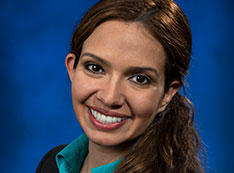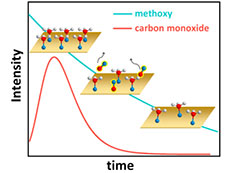Safety Update
improvements to CFN safety
January 25, 2023

Wai-Lin Ng
The CFN offers its users and guest researchers a safe workplace to do their experiments. Working safely depends on you. You have the best knowledge of the work you are performing and the hazards associated with the work. Take note of the lab space that you will be working in to familiarize yourself with the facility safety features or hazard mitigation procedures (below). We encourage you to ask questions if you are uncertain about the hazard controls necessary to do the work safely. Please ask the CFN Point of Contact, any CFN support staff, or our ES&H representatives (Ryan McFadden, Wai-Lin Ng). We are happy to help you get information on the safety requirements and processes that are there to protect you.
Using a Fume Hood Safely
A properly operating and correctly used fume hood can reduce or eliminate exposure to volatile liquids, dusts, and mists.
- Verify that the fume hood has adequate flow. Check that the flow monitor indicator is “green” and that there is a posting with a current calibration date.
- Conduct all work and keep all apparatus at least 6 inches from the front of the hood.
- Keep the hood slots and baffles in the back of the hood free of obstructions by containers or equipment.
- Do not put your head in the hood when contaminants are being generated.
- Minimize storage of chemical bottles and equipment in the hood as this could affect airflow.
- Lower the sash when not actively using the hood.
Check Out Eyewash Stations and Showers
Eyewash and shower equipment are provided in labs where workers may be exposed to hazardous materials, such as corrosive chemicals. Quick drenching or flushing of the eyes and body is essential in an immediate emergency. At the CFN the eyewash stations are located at the sinks within the labs and eyewash/shower combinations are in the service galleys behind each lab.
- Before working with corrosive chemicals, know the location of the nearest eyewash station.
- Activate the eyewash to flush out any debris so that the water runs clear.
- Check that there is a clear path to the eyewash/ shower from your workstation. If necessary, remove chairs and other portable items from the path.
- Should a chemical get in your eye or onto your body, flush for at least 15 minutes.
What To Do When a Chemical Spill Occurs
You have the best information on the hazards of the chemicals you will be working with. There are spill kits with limited neutralization/adsorption capability in the labs, and cleanroom and service galleys for small chemical spills. Personal protective equipment (PPE)—eye protection, protective gloves, and a lab coat—must be worn for spill clean-ups. Spills with special hazards, such as hydrofluoric acid (HF), require additional first aid procedures and protective equipment.
- Ask your CFN Point of Contact or safety personnel what to do in the event of a spill.
- You may clean up a small spill (< 1 liter) within the hood for low or moderately hazardous chemicals. For larger spills, or if you need immediate assistance, call the emergency number, ext. 2222, from a lab phone.
- For HF spills you may clean up a spill that is < 10 ml within a hood; for spills outside of the hood call ext. 2222.
- You must have the proper training before attempting to clean up a spill.
Having the knowledge of what can go wrong and engaging with the CFN staff are essential to maintaining safe operations. Every experiment, event, or project provides opportunities to improve safety, so I encourage your feedback and suggestions.
— Wai-Lin Ng
ES&H Manager
2023-21065 | INT/EXT | Newsroom











